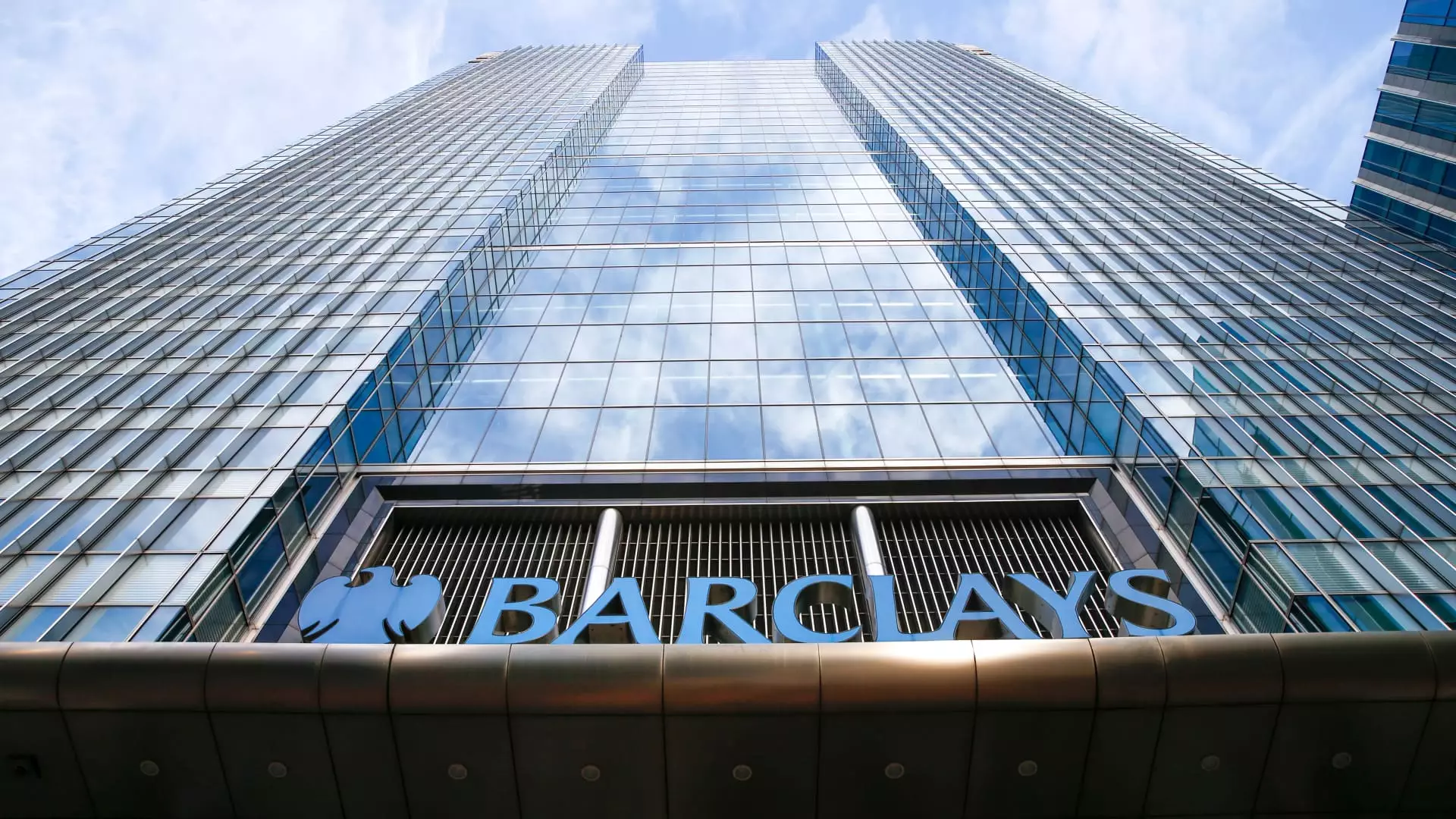Barclays recently released its second-quarter financial results, reporting a net profit attributable to shareholders of £1.2 billion. This figure was slightly lower than the previous year, disappointing analysts who had expected a higher profit margin for the period. Despite this, the bank’s shares saw a 2% increase following the announcement. Barclays posted revenue of £6.3 billion for the latest quarter, surpassing the forecast of £6.25 billion. Additionally, the company announced a share buyback program of up to £750 million.
The net interest income at Barclays’ consumer bank decreased by 4% year-on-year, falling to £3.15 billion. The net interest margin for this sector also declined from 3.2% to 3.15%. Meanwhile, income at the Barclays corporate bank dropped by 6%, attributed to lower liquidity pool income offsetting the impact of a higher interest rate environment. On a positive note, the investment bank witnessed a 10% increase in income, reaching £3.02 billion in the second quarter.
Analyst Max Georgiou from research firm Third Bridge commented on the positive performance of Barclays’ investment banking division, exceeding market expectations. Georgiou emphasized the importance of continued focus on regaining a share of the U.S. market to sustain this growth momentum. Barclays also raised its full-year net interest income target for the group, excluding specific divisions, to approximately £11 billion, reflecting confidence in future earnings.
Barclays initiated a major restructuring program earlier this year aimed at enhancing efficiency and profitability. Although this resulted in a net loss of £111 million in the fourth quarter of 2023, the bank rebounded to profitability in the first quarter of the current year. Group Chief Executive C. S. Venkatakrishnan highlighted the progress made in the three-year restructuring plan, with a return on tangible equity of 11.1% across the January-June period. Venkatakrishnan also outlined key strategic initiatives, including the sale of the performing Italian mortgage book and the pending acquisition of Tesco Bank in November 2024.
Barclays maintained a common equity tier one (CET1) capital ratio of 13.6% in the second quarter, demonstrating the bank’s financial stability. Credit impairment charges remained steady year-on-year at £400 million, indicating sound risk management practices. The bank’s stock price rose by 52% since the beginning of the year, reflecting investor confidence in the ongoing restructuring efforts and potential for future growth.
Barclays’ latest financial results reflect a mixed performance across its various business segments. While the bank faces challenges in certain divisions, particularly in the consumer and corporate banking sectors, its investment banking arm continues to deliver strong results. The strategic initiatives and restructuring efforts undertaken by Barclays are crucial in navigating the evolving financial landscape and achieving sustainable long-term growth.

